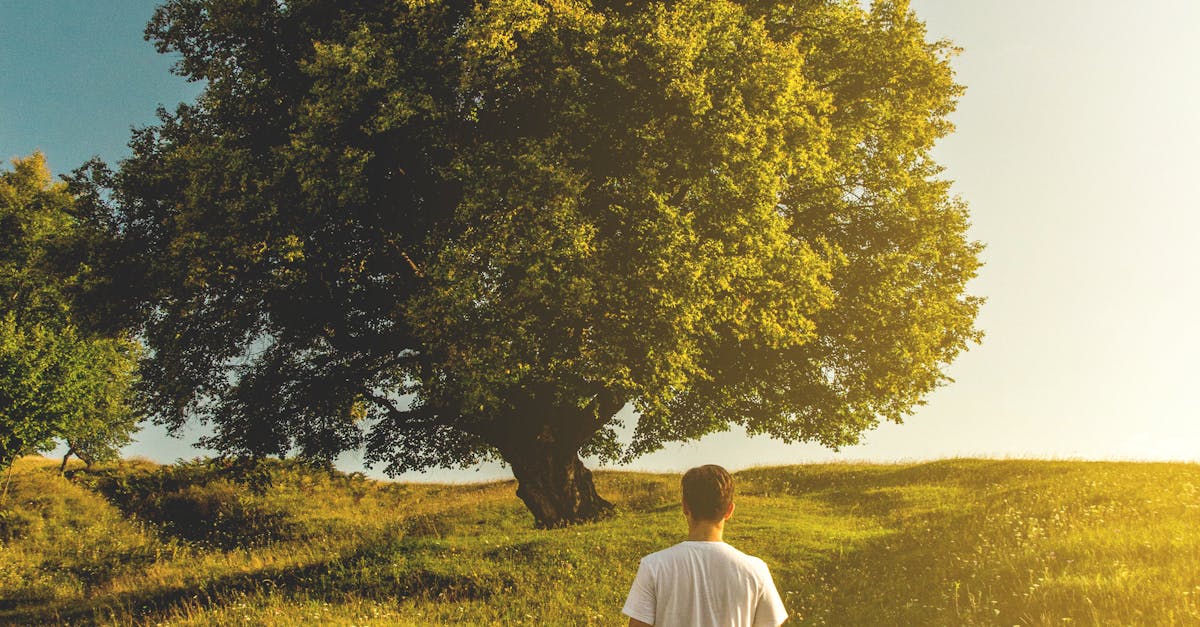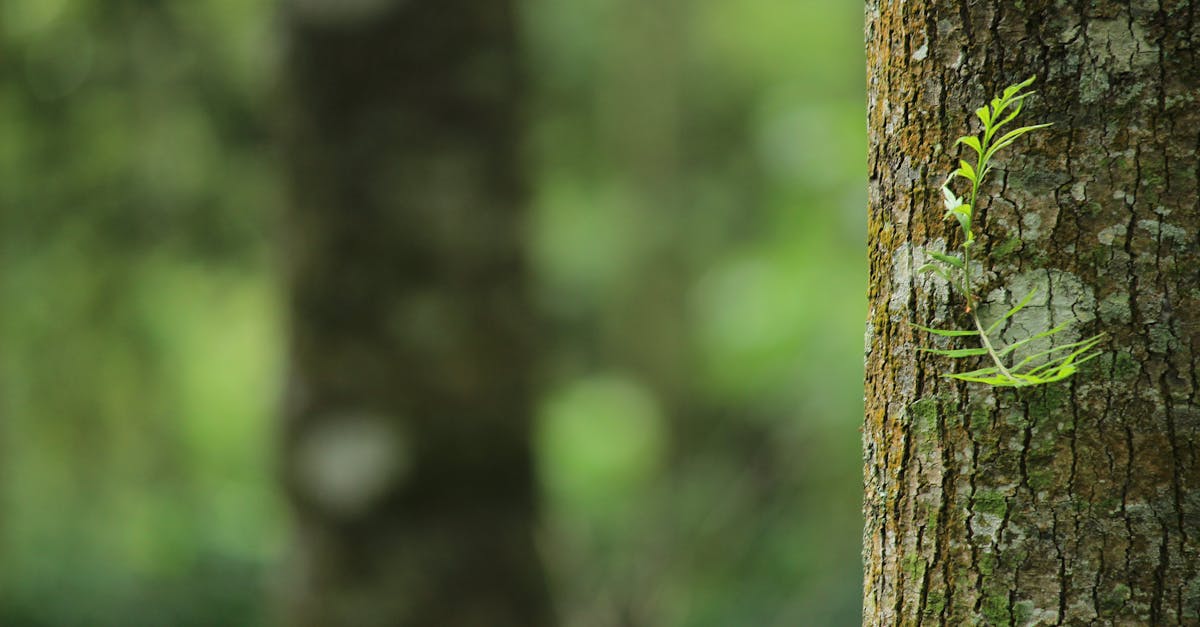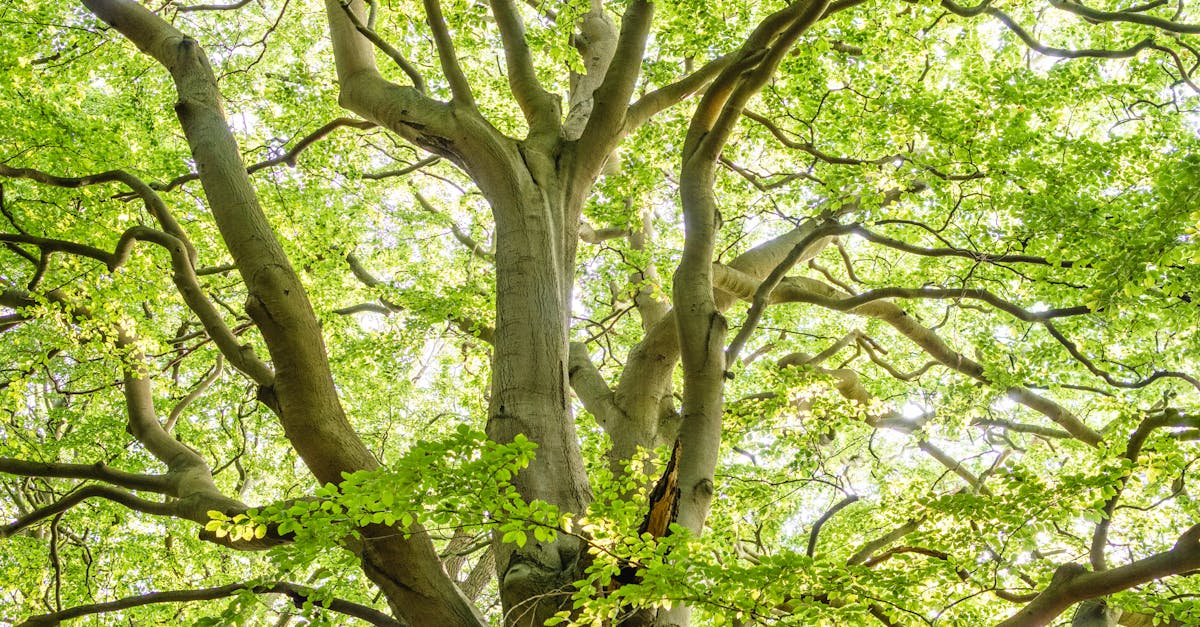
Essential Techniques for Pruning
Essential techniques for pruning are crucial for maintaining the health and beauty of your trees and shrubs. When considering tree pruning and trimming near me, it's essential to first start by removing any dead, damaged, or diseased branches. This not only promotes the overall well-being of the plant but also prevents the spread of any potential diseases.
In addition to removing unhealthy branches, thinning out overcrowded limbs is another important technique in maintaining the structural integrity of your trees. By selectively removing certain branches, you can improve air circulation and sunlight penetration, leading to healthier growth. Implementing these essential techniques for pruning will help ensure the longevity and vitality of your trees and shrubs.
Thinning Out Overcrowded Branches
When it comes to thinning out overcrowded branches in your trees, the goal is to enhance the overall health and appearance of the tree. Removing excess branches can improve air circulation and sunlight penetration, which are crucial for the tree's growth and vitality. Before starting the pruning process, it's advisable to evaluate which branches are crossing, rubbing against each other, or growing in undesirable directions, as these are the ones that should be targeted for removal. For precise and efficient pruning, consider consulting with professionals specializing in Tree Pruning and Trimming near me.
Additionally, when thinning out overcrowded branches, it's essential to make clean cuts using proper pruning tools. Avoid leaving behind jagged edges or unnecessary protrusions, as these can hinder the tree's healing process and make it more susceptible to diseases. By strategically thinning out overcrowded branches, you not only promote the tree's health but also enhance its aesthetic appeal, allowing it to thrive in its environment. For expert advice on pruning techniques and guidance tailored to your tree's specific needs, contact local experts in Tree Pruning and Trimming near me.
Best Practices for Pruning Young Trees
When it comes to the best practices for pruning young trees, proper technique and timing are key to ensuring healthy growth and longevity for the tree. It is essential to start by establishing a strong framework for the tree early on to promote stability and structural integrity as it matures. This involves carefully selecting which branches to keep and which to remove, focusing on maintaining a well-balanced canopy.
Tree pruning and trimming near me services emphasize the significance of pruning young trees to encourage optimal growth. By shaping the tree while it is still developing, you can help prevent future issues such as weak crotches or overcrowded branches. Additionally, regular pruning can promote overall tree health by enabling better air circulation and sunlight penetration throughout the canopy.
Establishing a Strong Framework
To create a strong framework for young trees, it is essential to start by selecting a central leader branch that will serve as the main trunk of the tree. This central leader should be well-supported and its growth encouraged to ensure a straight and sturdy structure as the tree matures. Additionally, pruning any competing branches that may hinder the growth of the central leader is crucial in establishing a balanced framework. By focusing on maintaining a dominant central leader and removing any branches that may cause imbalance, the tree can develop a solid and resilient structure over time. Tree Pruning and Trimming near me can offer expert guidance on identifying the central leader and strategically pruning competing branches to lay the foundation for a healthy and well-structured tree.
Furthermore, lateral branches should be strategically pruned to promote outward growth and prevent overcrowding within the tree canopy. Thinning out lateral branches helps improve air circulation and sunlight penetration throughout the tree, which is vital for overall tree health and vigor. By selectively pruning lateral branches to maintain an open and well-spaced canopy, young trees can develop strong and evenly distributed branches that can support the weight of foliage and withstand environmental stressors. Consulting with professionals from Tree Pruning and Trimming near me can provide valuable insights into the best pruning practices for establishing a robust framework that will benefit the tree's growth and longevity.
Proper Timing for Pruning Shrubs
Pruning shrubs at the appropriate time is crucial for maintaining their health and promoting optimal growth. Early spring, right before new growth appears, is generally the ideal time for most shrubs. However, it's important to research the specific type of shrub you have, as some may require pruning at different times to maximize their blooming potential and overall vitality. Tree Pruning and Trimming near me can provide expert guidance on the best timing for pruning your shrubs in order to achieve the desired results.
Late winter is also a suitable time to prune certain shrubs before the start of the growing season. Avoid pruning in the fall as it may stimulate new growth that could be damaged by frost. By timing your pruning correctly, you can help ensure that your shrubs remain healthy and vibrant throughout the year. Consulting with professionals at Tree Pruning and Trimming near me can offer tailored advice on the most appropriate timing for pruning your specific shrub varieties.
Encouraging Flowering and Fruiting
Encouraging flowering and fruiting is a crucial aspect of pruning that enhances not only the aesthetic appeal of your trees and shrubs but also promotes their overall health and vitality. When approaching the task of encouraging flowering and fruiting, it is essential to consider the specific needs of each plant species, as different types require varying techniques to achieve optimal results. Consulting with a local arborist or searching for expert guidance on "Tree Pruning and Trimming near me" can provide valuable insights on the best practices for enhancing flowering and fruiting through pruning.
Additionally, understanding the growth patterns and natural tendencies of your plants is key to effectively encouraging flowering and fruiting. By strategically removing old or non-productive wood, you create space and direct energy towards new growth that is more likely to bear flowers and fruits. This selective approach to pruning not only stimulates flowering and fruiting but also improves the overall structure and health of your trees and shrubs in the long term."
FAQS
When is the best time to prune shrubs?
The best time to prune shrubs is typically in late winter or early spring, before new growth begins.
How can pruning young trees help establish a strong framework?
Pruning young trees helps establish a strong framework by removing competing branches and encouraging the growth of a central leader.
What is the purpose of thinning out overcrowded branches during pruning?
Thinning out overcrowded branches during pruning helps improve air circulation and sunlight penetration, promoting overall tree health.
How does proper timing for pruning shrubs encourage flowering and fruiting?
Pruning shrubs at the right time encourages flowering and fruiting by stimulating new growth and removing dead or diseased branches that may hinder the plant's productivity.
Why is it important to follow the five rules of pruning?
Following the five rules of pruning helps maintain the health and aesthetics of plants, promotes proper growth, and reduces the risk of disease or pest infestation.


